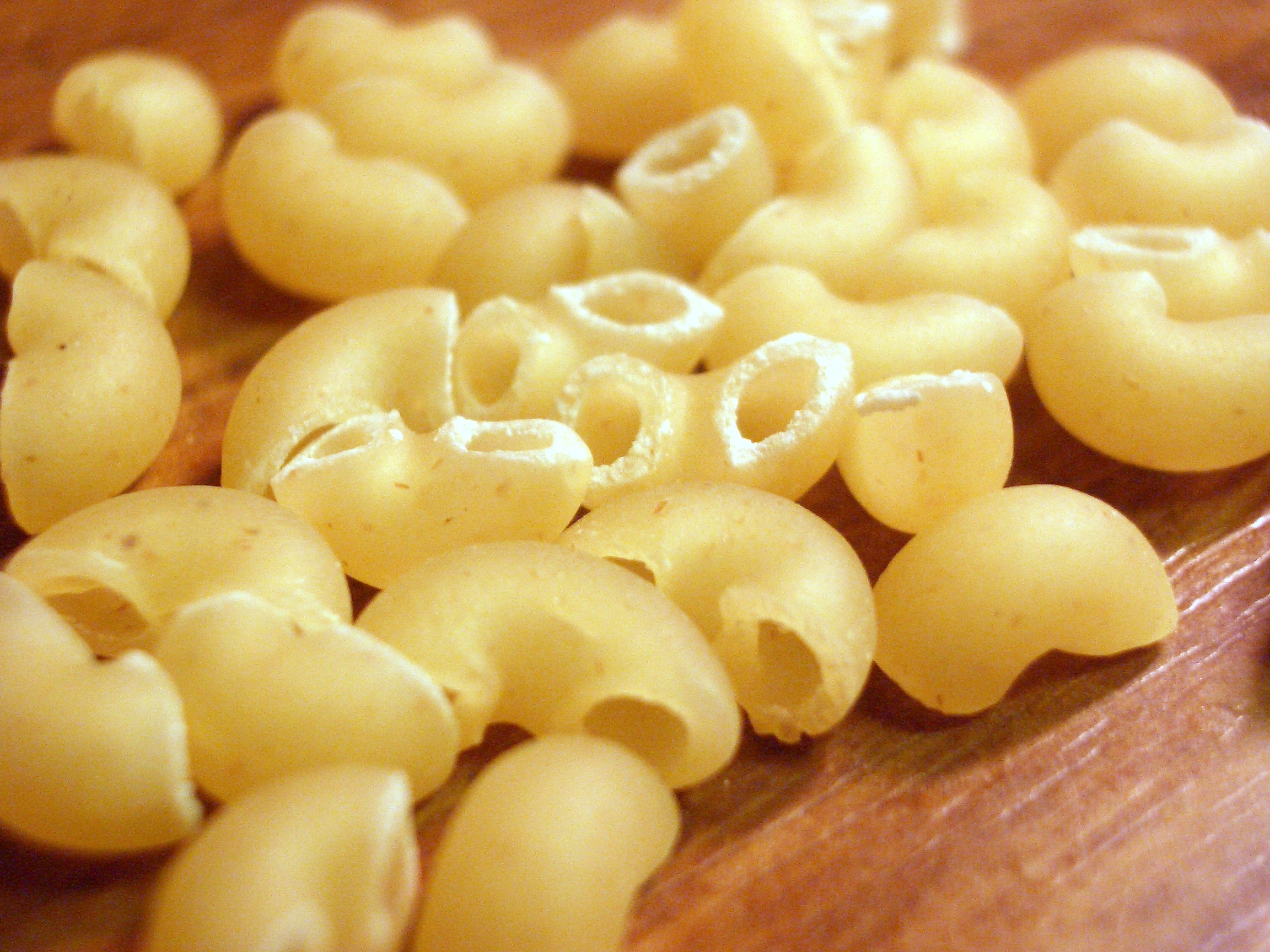Mathematics is still not my favourite subject...
BUT
Dr Yeap has helped me to try to learn more about it. His creations, materials, ways of delivering his knowledge, tricks and activities have atleast made me be attentive to his lectures.
I like the cookies collection system. It actually boost our level of participation. I never thought I would participate and challenge myself to solve the problems posted by Dr Yeap.
When Dr Yeap shared with us the objective of learning Math, I finally understood why Math is collaborated in the education system.
But I think, some teachers should understand and work on the Math vision set by MOE.
"We should practise what we preach."
Math is a form of vehicle for the development and improvement of a person’s intellectual competence and it is applicable in everyday living and in the workplace. Math is fun and allows us to enjoy.
To end of, I did have some fun in class. Perhaps, I should join in more of Dr Yeap's lessons to gain more knowledge on Mathematics and learn more tricks.
Dr Yeap, thanks for the knowledge.
To date: I got 3 cookies.
(SHOULD BE MORE ATTENTIVE AND I WOULD HAVE MORE)

Websites that I found: Math activities






